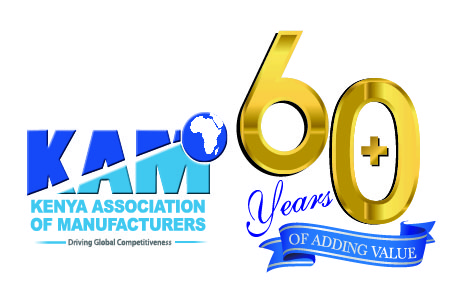Collective action needed to fix wastewater today for a cleaner tomorrow
By Phyllis Wakiaga,
With manufacturing being one of the pillars of the President’s Big Four Agenda – which aims to increase manufacturing’s contribution to GDP to 15 percent – the country is likely to see the accelerated establishment of new industrial facilities over the coming years. As a result, an increase in the volume of industrial wastewater being produced is expected. According to a World Bank report released recently, poor water quality in heavily polluted areas has been found to limit economic growth by up to one-third, underlining the inextricable link between protecting our nation’s water resources and promoting growth.
Kenya is already a water-scarce country, with 416m3 of internal renewable water per capita per year, against a global benchmark of 1000m3 per capita per year. When untreated effluent is released directly back into the environment, it not only contaminates other water sources but also further diminishes the availability of the little fresh water available.
So what can be done to address this dual crisis of water scarcity and pollution?
A first step is to break down the institutional and sectoral silos that have so often hindered progress on managing such shared resource challenges. Industries face many challenges when it comes to complying with all the statutory requirements of the various regulations, which they operate under. Most industries understand the need for these regulations and do their best to comply. However, in some circumstances, there are challenges in compliance or some companies are not in a position to immediately invest in the interventions needed for compliance. A pragmatic way forward out of this stalemate is to maintain dialogue between the regulators, industry and other stakeholders and collaborate towards a coordinated effort to achieve compliance.
Second is to redress the market structures that skew incentives towards excessive water-waste generation, pollution, and water-use inefficiency by making it more attractive to use water efficiently, thereby increasing water productivity.
Water in Kenya remains largely undervalued. The current nominal price of water does not reflect the true cost of production, nor does it account for the environmental or social externalities resulting from activities related to its abstraction, transportation, usage, treatment, and discharge.
Promoting circular economy approaches can help industries to more effectively and efficiently use the water at their disposal. Several companies are already taking steps to upgrade their production facilities in line with circular economy and environmental sustainability targets by building on-site wastewater treatment facilities, incorporating water recovery processes into production, and adopting green building strategies. Such inside-the-fence activities can also be accompanied by outside-the-fence initiatives that help to protect and rehabilitate critical catchments. Businesses are increasingly recognizing that they have a stake in ensuring not only the sustainability of their own practices but also the efficacy of water management in the areas in which they operate.
Two weeks ago, the Ministry of Water, Sanitation and Irrigation in collaboration with the Kenya Association of Manufacturers (KAM), supported by the 2030 Water Resources Group – a global program facilitating collective action among government, the private sector, and civil society to improve water resources management, hosted a National Consultative Forum on Industrial Effluent Management. The event brought together industry players and relevant stakeholders from government, private sector and civil society, to collectively develop policy solutions as well as technical and financing solutions to achieve compliance with existing regulations, water conservation, and pollution prevention. Such collaborative approaches are imperative to finding long-term sustainable solutions.
Water is a shared resource and protecting our nation’s water resources is a shared responsibility. Industries working together to use water efficiently and manage trade effluent sustainably today is a necessary part of a cleaner future for all Kenyans.
The Writer is the CEO of Kenya Association of Manufacturers and the UN Global Compact Representative for Kenya. She can be reached at ceo@kam.co.ke.
Looking for elevation? KAM lifts you up.
- Direct technical assistance
- Capacity building programmes
- Networking and mentorship
- Industry insights & analysis
- Trade & export development services
